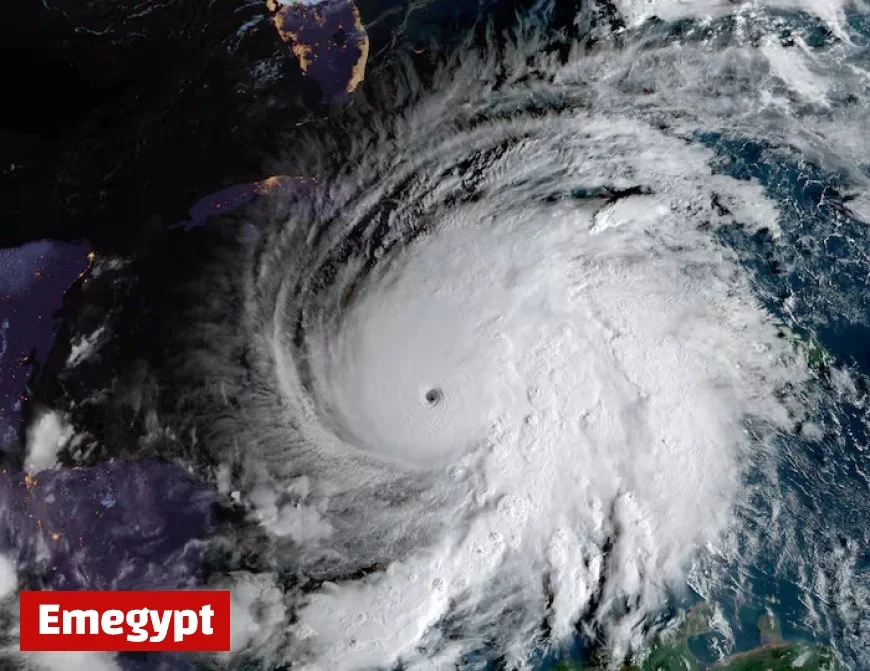Two Forecast Models Dominate This Hurricane Season for Distinct Reasons

The 2025 hurricane season is nearing its conclusion, with significant trends and developments noted throughout its duration. Although the season officially runs until the end of November, historically, around 95% of tropical activity occurs before November 3rd. The season has shown remarkable variations in activity and intensity in comparison to previous years.
Weather Model Performance in 2025
- The season recorded three Category 5 hurricanes, marking the second-highest tally for a single season, with only 2005 surpassing it.
- This marks the first season in the past decade without a U.S. hurricane landfall.
- Hurricane activity, as measured by Accumulated Cyclone Energy (ACE), is above average, ranking similarly to the active seasons of 2018 and 2019.
Two Forecast Models Dominate This Hurricane Season
During this season, two forecasting models demonstrated contrasting effectiveness. Google DeepMind emerged as a frontrunner, significantly enhancing forecasting accuracy through its AI-driven approach. Introduced in June, this model leverages extensive historical weather data, improving both speed and precision in forecasts.
DeepMind was highlighted as the best-performing model for tracking and intensity assessments in the Atlantic and Pacific basins. Its neural network architecture allows it to adjust predictions based on previous inaccuracies, setting it apart from traditional models.
Challenges for the GFS Model
In stark contrast, the U.S. Global Forecast System (GFS) faced substantial challenges throughout the season. Preliminary assessments indicate the GFS recorded the highest error rates in 20 years, especially with predictions regarding Hurricane Melissa. The model’s average 5-day track error reached a staggering 500 miles, leading to critical misjudgments.
Experts have noted that the GFS typically plays a central role in forecasts issued by the National Hurricane Center (NHC). Given the GFS’s poor performance this season, the official forecasts were significantly impacted. However, the integration of DeepMind assisted in mitigating some of the GFS’s effects.
Future of Hurricane Forecasting
As the season wraps up, questions arise concerning the future trajectory of the GFS and potential reasons for its underperformance. Speculation includes a lapse in data collection due to budget constraints, yet the full scope of issues remains to be analyzed by NOAA’s Environmental Modeling Center.
The evolving landscape of hurricane prediction underscores the necessity for ongoing research and adaptation of forecasting models. As the hurricane season transitions toward its end, anticipation builds for the developments that await in the next season, starting June 2026.





























